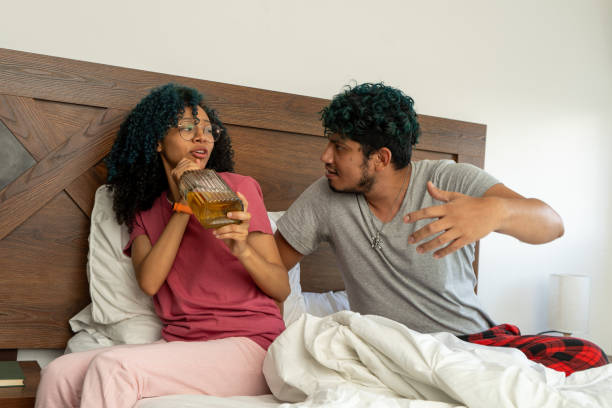Addressing the Co-occurrence
In a world where we constantly advocate for equality and women’s rights, some dark corners still exist that many prefer to ignore. Intimate partner violence (IPV) and substance abuse, both harrowing issues individually, often intertwine in the lives of countless women, leading to amplified trauma and suffering. Understanding the co-occurrence of these issues is crucial to offering effective help and solutions.
The Interplay: Understanding the Link
How Substance Abuse Amplifies IPV Risk
Substance abuse doesn’t cause IPV, but it can heighten the risk. When drugs or alcohol are involved, personal inhibitions lower, and situations can escalate rapidly. Women in relationships with partners who abuse substances may find their chances of facing violence significantly heightened[1].
Seeking Refuge in Substances
On the flip side, many women turn to drugs or alcohol to cope with the pain and trauma of IPV. This self-medication serves as an escape from their harsh realities, even if the relief is ephemeral.
Delving into the Numbers
It’s vital to understand the magnitude of this issue, and the statistics tell a grim tale:
– Nearly 60% of women who face IPV admit to having tried substances at some point in their lives, with a significant portion developing addiction issues[2].
– Women facing IPV are three times more likely to be diagnosed with a substance use disorder[3].
The Vicious Cycle
When a woman is trapped in the cycle of IPV and turns to substances to cope, it becomes a relentless loop. The substance abuse might temporarily numb the pain, but as it wears off, she’s left even more vulnerable to further episodes of violence. Additionally, financial strains and legal problems related to substance abuse can further entrench the woman in the abusive relationship.
Challenges in Treatment
Treating a woman facing both IPV and substance abuse is a delicate task. Traditional addiction treatments might not be equipped to handle the deep-rooted trauma that comes with IPV. Simultaneously, interventions focusing solely on the IPV aspect might overlook the complexities of addiction.
A Comprehensive Approach
For women caught in the crossfire of IPV and substance abuse, an integrated treatment approach is imperative:
Trauma-informed Care
This method recognizes the extensive trauma IPV survivors face. Treatment centers adopting this model provide a safe environment, making the healing process more effective[4].
Substance Abuse Interventions
In tandem with trauma care, specific strategies targeting addiction can be introduced. This includes detox, counseling, and aftercare planning to prevent relapse.
Empowerment-based Strategies
Empowering women to take control of their lives is essential. This involves building self-esteem, teaching coping strategies, and providing tools to rebuild their lives away from the abusive relationship.
The Role of Society
As a society, our role isn’t just passive. By understanding and acknowledging the connection between IPV and substance abuse, we can:
– Promote awareness campaigns to highlight the co-occurrence of these issues.
– Offer support systems, like helplines and shelters, that cater specifically to affected women.
– Ensure legal protections for victims, ensuring they have a safe exit strategy from abusive scenarios.
In Conclusion
The interplay between intimate partner violence and substance abuse in women is complex, and understanding this intricacy is the first step towards helping those affected. By adopting comprehensive, trauma-informed care strategies and fostering a supportive society, we can make a genuine difference in the lives of countless women trapped in this harrowing cycle.
[1] Smith, P.H., Homish, G.G., Leonard, K.E., & Collins, R.L. (2012). Marijuana withdrawal and aggression among a representative sample of U.S. marijuana users. Drug and Alcohol Dependence, 124(3), 254-260.
[2] El-Bassel, N., Gilbert, L., Witte, S., Wu, E., & Chang, M. (2011). Intimate partner violence and HIV among drug-involved women: contexts linking these two epidemics—challenges and implications for prevention and treatment. Substance Use & Misuse, 46(2-3), 295-306.
[3] Gilbert, L., El-Bassel, N., Chang, M., Wu, E., & Roy, L. (2012). Substance use and partner violence among urban women seeking emergency care. Psychology of Addictive Behaviors, 26(2), 226.
[4] Hien, D.A., Cohen, L.R., Miele, G.M., Litt, L.C., & Capstick, C. (2004). Promising treatments for women with comorbid PTSD and substance use disorders. American Journal of Psychiatry, 161(8), 1426-1432.
